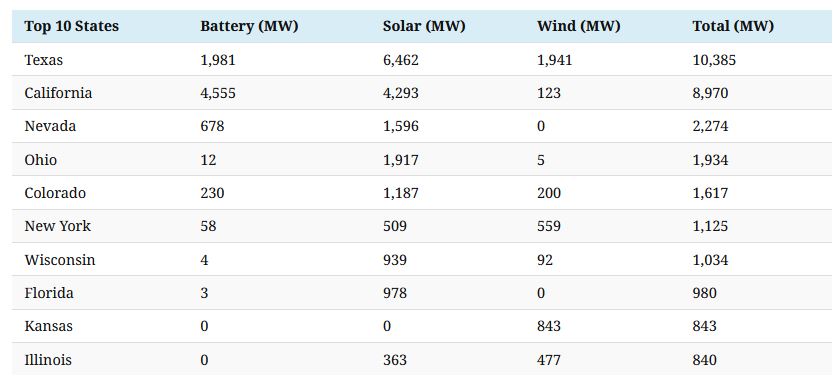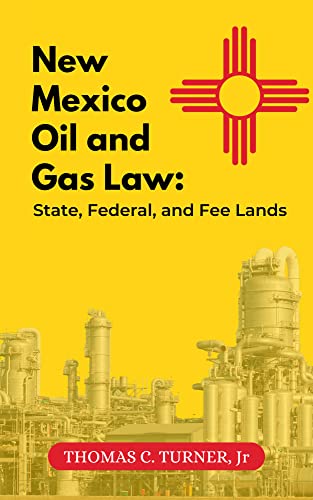“No form of energy is renewable.”
Excerpts from Dr. Scott Tinker’s AEIN – Alfred J. Boulos lecture:
“Energy security underpins economic security, which in turns lets you invest in the environment and obtain climate security. If you start by focusing on low emissions, you will not get energy that is affordable or reliable. You need to focus on the ‘radical middle’ of this particular triangle.
“Before the Paris accords, the middle ground was leaning towards the economy. The Paris Agreement made the focus a lot firmer on climate. Then the pandemic hit, and we went straight back to the economy. After COP26, the focus shifted again to climate, but the war in Ukraine put it squarely on security. There is always a factor to make the focus on one rather than all three.
Dr. Scott Tinker on the Future of Energy
Below is an article from Dr. Tinker, written in advance of his upcoming lecture at the International Energy Summit on June 1, used with permission.
When it comes to managing Energy, optionality is vital
Dr. Scott Tinker, Director, Bureau of Economic Geology, The University of Texas at Austin, talks about the challenges we face in addressing the multiple and varied needs of energy markets throughout the world and how we need to better understand all the vectors involved if we are going to succeed. He will be delivering the “Boulos Lecture Series” at the forthcoming International Energy Summit (IES) hosted by the AIEN in Miami from May 30 to June 1.
A Great Resource for New Mexico Oil and Gas Law
Thomas C. Turner, Jr. has written a great brief summary of oil and gas law in New Mexico. A great resource for anyone who owns minerals in New Mexico. You can buy it on Amazon.
EP Energy v. Storey Minerals – a $41 million most-favored-nations clause
EP Energy E&P Co., L.P. v. Storey Minerals, Ltd., 2022 SL 223253 (Tex.App.-San Antonio 2022, pet. denied)
The Texas Supreme Court recently refused to review the opinion of the San Antonio Court of Appeals in this case, involving construction of a favored nations clause in an oil and gas lease. The court of appeals held that, under the favored nations clause, EP Energy owed the lessor an additional $41 million bonus. One judge dissented.
The case also recounts the “colorful history” of the Altito Ranch, covering about 23,000 acres in La Salle County. EP Energy’s brief describes that history:
Damning Report from Environmental Integrity Project on TCEQ’s Failure to Hold Polluters Accountable
This report from the Environmental Integrity Project, an organization of former EPA enforcement attorneys, provides a detailed account of the Texas Commission on Environmental Quality’s failure to enforce its rules against repeated failures by the production, midstream and refining industry to limit harmful emissions.
From the report:
In Texas, a relatively small number of polluters are responsible for most of the 21,769 illegal air pollution events reported over a six–year period. More than 1,600 of these events took
place for more than a week, in many cases releasing thousands of pounds of pollution into the air, worsening regional air quality and harming public health. Despite this, the TCEQ
only designated 119 of these events as “excessive” during this time, a designation that would be necessary to sufficiently penalize polluters for egregious or repeated emission events.
World Energy Consumption by Source, 1900 to 2021
https://www.visualcapitalist.com/cp/charting-consumption-production-fossil-fuels/?utm_source=Visual+Capitalist+Infographics+%28All%29&utm_campaign=acdd483a1d-EMAIL_CAMPAIGN_2023_03_10&utm_medium=email&utm_term=0_31b4d09e8a-acdd483a1d-44364005
Devon v. Sheppard — A Win for Royalty Owners
Today the Texas Supreme Court issued its opinion in Devon v. Sheppard, No. 20-0904, again addressing post-production cost deductions from royalties. The Court affirmed the court of appeals’ ruling in favor of the royalty owners.
Sheppard leased minerals in the Eagle Ford Shale in 2007, before the first successful well in the Eagle Ford. Sheppard is a lawyer in Cuero, Texas. His lease required payment of royalties on gross proceeds of sale, without deduction of post-production costs. The lease also contained this provision:
If any disposition, contract or sale of oil or gas shall include any reduction or charge for the expenses or costs of production, treatment, transportation, manufacturing, processing or marketing of the oil or gas, then such deduction, expense or costs shall be added to … gross proceeds so that Lessor’s royalty shall never be chargeable directly or indirectly with any costs or expenses other than its pro rata share of severance or production taxes.
Railroad Commission v. Apache – The Issue of Standing
Recently the US Supreme Court heard argument in Biden v. Nebraska, in which several states challenge the President’s authority to forgive student loans. Lost in much of the coverage was the administration’s challenge to the states’ standing to bring the case. “Standing” is a difficult concept to get your arms around. Courts cannot issue advisory opinions. Under Article III of the US Constitution, courts can decide only a “case or controversy.” That means the plaintiff must have a stake in the outcome different from the general public. To have standing, a plaintiff must have sustained or be threatened with an injury different from or in addition to the general public. The Biden administration argued that the states who sued would not suffer any injury because of Biden’s forgiveness of student loans, and therefore do not have standing to sue.
The concept of standing is important to the separation of powers in our federal and state judicial systems. It is a check on the power of courts. Nebraska could not simply ask the court to declare Biden’s loan forgiveness an unconstitutional exercise of executive power without first showing how the state would be injured by Biden’s action. Such an opinion would be an “advisory opinion.”
What does this have to do with Railroad Commission v. Apache?
RBN Energy Blog Square One Series: Excellent Tutorial on Exploration and Production
I ran across this blog recently, which is producing a series of blog posts on modern techniques of exploration and production, from leasing through well production and plugging. Excellent tutorial for the lay person.
https://rbnenergy.com/blog-series/square-one






